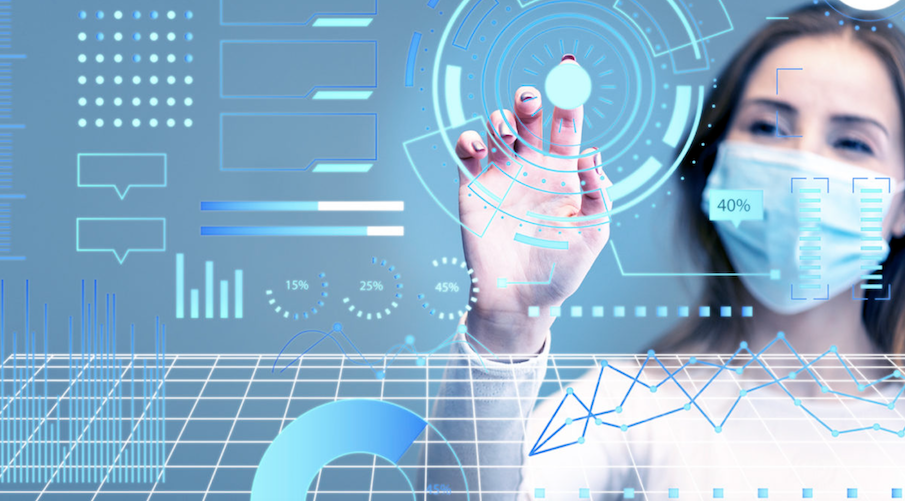The outbreak of the coronavirus pandemic has seen businesses get into unprecedented times.
Cyberthreats have escalated, which has caused organizations to step up their efforts in ensuring the protection of private information.
In particular, the health sector has had to rethink and reevaluate the modalities of protecting information concerning the coronavirus patients from disclosure.
The use of tracking systems and requirements for the social distancing of individuals with the virus has changed how patients’ information should be handled to protect others from the highly infectious virus.
Even as this information is revealed to people, especially those close to an infected person, it must be done within the confines set by government regulations and other policies such as the Health Insurance Portability and Accountability Act of 1996 (HIPAA).
It’s a requirement that every health facility exercises HIPAA compliance when dealing with patients’ data.
There are essential things concerning data privacy and protection during the pandemic period that you need to be aware of.
4 Things To Know About Data Protection In The Pandemic:

1. Revealing Individuals Infected With The Virus.
When it comes to individuals who’ve contracted the coronavirus, data protection regulations don’t deny businesses and organizations from disclosing potential cases to their workers.
Doing this is still within patient information privacy protocols.
The reason for this is organizations have to assume the responsibility of protecting their workers from contracting the disease.
Another driving factor for disclosing this information is the public interest to protect nations from the cross border transfer of the pandemic threat.
As a result, it’s not mandatory for healthcare facilities to seek consent from a patient before revealing there’s a positive case.
However, only the necessary data should be revealed to colleagues within an organization. The name of the infected individual might be withheld, even though it has to be disclosed in some cases, especially to individuals within the same department with a patient.
In particular, this step is essential in facilitating contact tracing for people who came into close proximity with the patient.
Besides, this process is done according to merit and not for all cases.
Furthermore, the person who’s been diagnosed to be positive is first notified before disclosure, mostly verbatim with high discouragement to do it in writing. This is to reduce the recording of health information which demands data protection.
2. Collecting Vaccination Information.
Even though it’s not a requirement for individuals to reveal their vaccination status to their employers, organizations are allowed to do so when there’s an important reason.
However, it shouldn’t be mandatory across organizations to collect this information except when there’s a specific need.
More so, they should limit the amount of information they collect to the purpose and not beyond.
Such organizations might be required to prove that their reasons for collecting vaccination information regarding their employees are substantial.
Additionally, it’s a requirement for organizations to ensure that this data is secured and processed within legal parameters.
Vaccination status is part of health information which is also governed by regulations.
However, organizations should use professional health care personnel while processing the data and inform the owners that their information will remain protected except for specific instances.
3. Workplace Testing.
Since many organizations are resuming office work, they also carry out coronavirus testing on their staff or visitors.
However, collecting this information need to be done lawfully and processed within legal boundaries.
Besides, an organization ought to demonstrate a concrete basis according to the law for carrying out the exercise.
Additionally, before any organization starts testing their employees, workers should be informed beforehand, including the reasons behind the testing.
They should also be informed how their personal data will be handled.
Furthermore, an analysis of the impact of the testing needs to be done to determine the risks involved and institute measures for mitigating them.
4. Surveillance And Contact Tracing.
If an organization chooses to collect coronavirus data for purposes of contact tracing, bear in mind that there are no legal provisions for them to do so, they have to come from legitimate interests.
In some nations, businesses are supposed to meet the following requirements when collecting data for contact tracing:
Be open to why they’re collecting such information.
Keep away from using that information for direct marketing, analytics, or profiling.
Protect the data well.
Only ask for information that’s needed.
What You Should Remember?
During the coronavirus pandemic, patient information concerning employees had to be reimagined.
The desire to ensure that everyone is protected from potential virus carriers within an organization is a priority, but disclosing such information should only be done to people close to the infected person.
The disclosure of this data helps relevant governments or organizations to carry out contact tracing.
Moreover, all these processes must be done within the laid down regulations pertaining to the handling and processing of private data.






